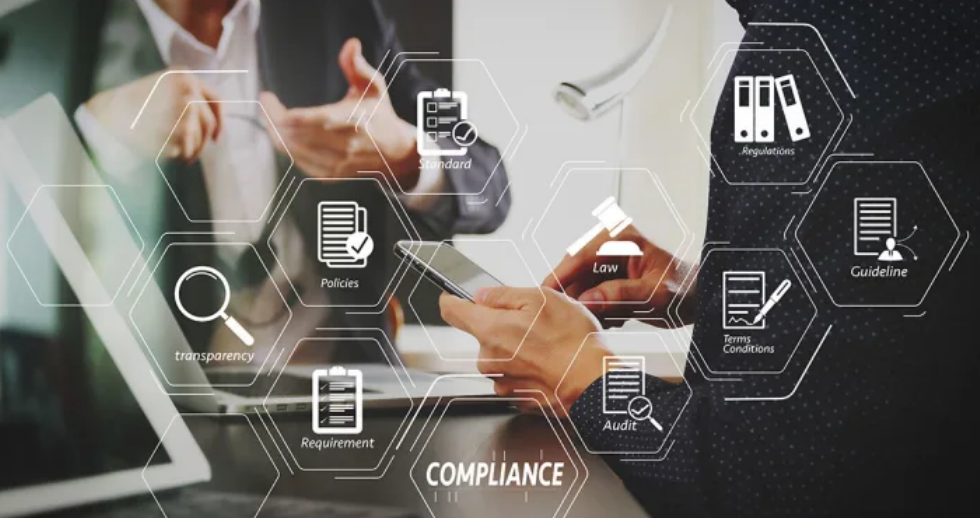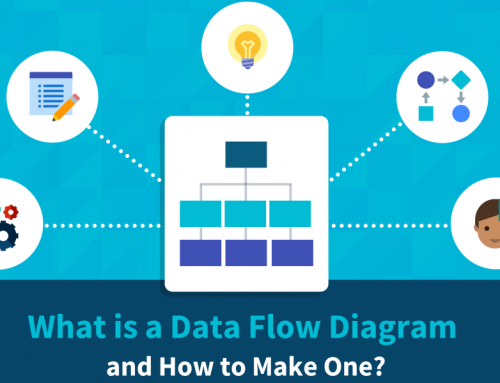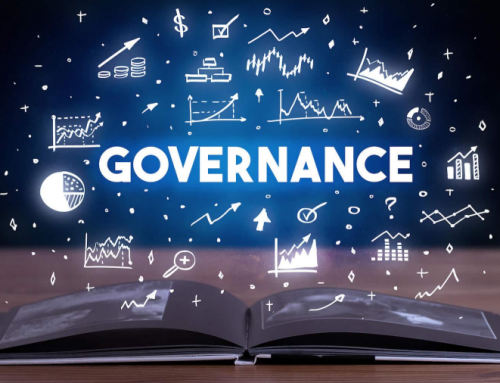10 Key Steps to Data Governance
For digital transformation enterprises, tracing data sources, unifying data definitions, classifying data storage, and eliminating invalid data can reduce data management costs, avoid legal risks in data application, and reduce product maintenance and development costs. So how do you get data governance right? In this article, we have sorted out 10 key steps to data governance.

10 Key Steps to Data Governance
Key Steps to Data Governance – 1. Organize business rules and unify data definitions
In the process of digital transformation of enterprises, the common understanding and interpretation of data is crucial. Data quality issues usually refer to the same dataset being interpreted as different things, or different datasets being interpreted as the same thing. Whether it is business or technical metadata, clear data definition based on business attributes is very important to improve data quality. Enterprises can make data governance teams use certain data management applications to sort out business rules and unify data definitions.
Key Steps to Data Governance – 2. Track external data sources
In the face of the fiercely competitive market environment, the direction of enterprise data application is no longer limited to internal data, but more focused on third-party data, which has become one of the elements that constitute an analysis solution. Whether it is partner data, supplier data or Internet open data, it can enhance the resources of enterprises to obtain new business value.
However, relying on traditional data governance methods cannot trace the truth of the data. Even if data quality can be determined, there is no guarantee that the origin of the data is fixed. Therefore, it is necessary for the data governance team to establish a feasible model to ensure the correctness of external data.
Key Steps to Data Governance – 3. Identify key data metrics that impact your business
In business scenarios, business requirements, business processes, and business performance are key data indicators. In order to measure whether a product or service can meet market demand, certain enterprise performance indicators must be adopted. Incomplete, inaccurate data can lead to customer complaints. Therefore, it is very important to sort out and determine data indicators such as customer churn rate and KPI.
Key Steps to Data Governance – 4. Analyze business-critical data quality
After identifying the key data indicators that affect the business within the enterprise, the data governance team also needs to understand the data quality of the systems and procedures within the enterprise that support key business processes.
During the sorting process, the data governance team can use data analysis tools to predict the data analysis model and understand the data quality in a relatively short period of time. You can also create scripts that run against data repositories to address high-level cross-application data analysis needs.
Key Steps to Data Governance – 5. Create a data automation management and control system
In the era of digital economy, many companies have raised the banner of digital transformation, but most companies’ data systems cannot help them achieve digital transformation.
The data governance team should establish an automated management system to check the entire process from data governance to data application, and establish a clear automated feedback mechanism between performance assessment, analysis and decision making, and basic data quality to feedback the data governance effect based on business results.
Key Steps to Data Governance – 6. Detect the impact of data quality on the business
With professional data quality analysis tools, data governance teams can test data quality and identify abnormal data for targeted data processing. Measuring data quality through the degree of business impact can help companies effectively screen worthless data and improve data quality.
In addition, the detection of data quality should exist in the data application process for a long time. Once an organization decides to undertake a digital transformation, it is imperative to regularly assess the impact of data quality on business outcomes, and adjust the focus and methodology of data quality assessment accordingly as new business scenarios emerge.
Key Steps to Data Governance – 7. Listen to and communicate business needs, and manage data in a targeted manner
When the data governance team cleans and manages data, first of all, it should not try to solve all problems immediately through data governance, but should listen carefully to the needs of the business department for data. Through effective communication, determine an action plan, explore potential problems within the data, and provide support for analysis and decision-making.
Key Steps to Data Governance – 8. Create a data quality dynamic awareness platform to monitor the data governance process
Data governance teams generally synchronize their data processing progress through regular meetings or group discussions. However, regular meeting debriefs cannot keep up with the data governance process.
As a result, data governance teams can create dynamic data quality awareness platforms. The Data Quality Dynamic Awareness Platform can determine the performance of data quality based on KPIs and key business operation processes. Where changes are needed, the data business analyst can communicate with the CDO to adjust governance routes and priorities.
Mature data business analysts can help companies manage data, actively monitor and improve data quality. The Data Quality Dynamic Awareness Station can help companies manage data risks and create more opportunities to reduce operating costs.
Key Steps to Data Governance – 9. Establish a learning-sharing-training mechanism
Each member of the data governance team has different divisions of labor and different data modules. Each person encounters different data quality problems, and it is difficult for individuals to solve them.
Therefore, the team leader needs to establish a learning-sharing-training mechanism. Team members can share the discovered data problems with other team members in a timely manner, discuss data governance solutions together, and help team members improve their own capabilities.
Key Steps to Data Governance – 10. Avoid the IT vicious circle
If the data governance team does not fully open up the internal and external data of the enterprise, the needs of the business department cannot be met at any time, and the data governance team will enter the IT vicious circle.
First, front-end business scenarios are constantly changing, and business departments need to respond at any time. During this period, the business department will continue to put forward various work requirements to the technical department. Even if some business requirements are so simple that they do not require technical personnel to operate, they only need to simplify the process or steps of data governance. However, due to incomplete data governance, technical departments have to respond to low-end requirements at any time.
Business scenarios are changing rapidly. User needs need to be met at any time. Technical departments are struggling to meet the low-end needs of front-end business departments, resulting in slow response to business needs, unsatisfactory results, and even delays in business opportunities. If this cycle continues, the technical department will be trapped in an IT vicious circle, unable to get out.
Conclusion
Thank you for reading our article and we hope it can help you to have a better understanding of the 10 key steps to data governance. If you want to learn more about data governance, we would like to advise you to visit Gudu SQLFlow for more information.
As one of the best data lineage tools available on the market today, Gudu SQLFlow can not only analyze SQL script files, obtain data lineage, and perform visual display, but also allow users to provide data lineage in CSV format and perform visual display. (Published by Ryan on Aug 21, 2022)
If you enjoy reading this, then, please explore our other articles below:



